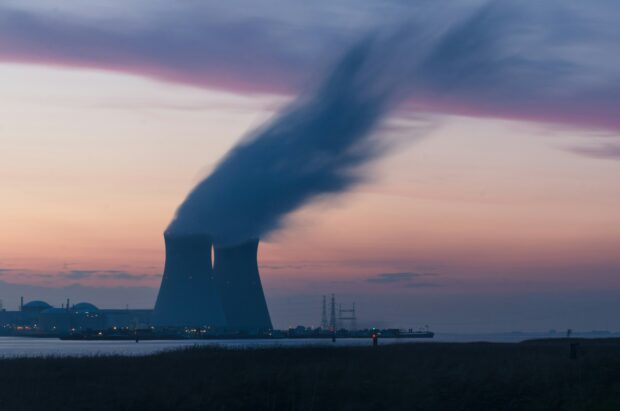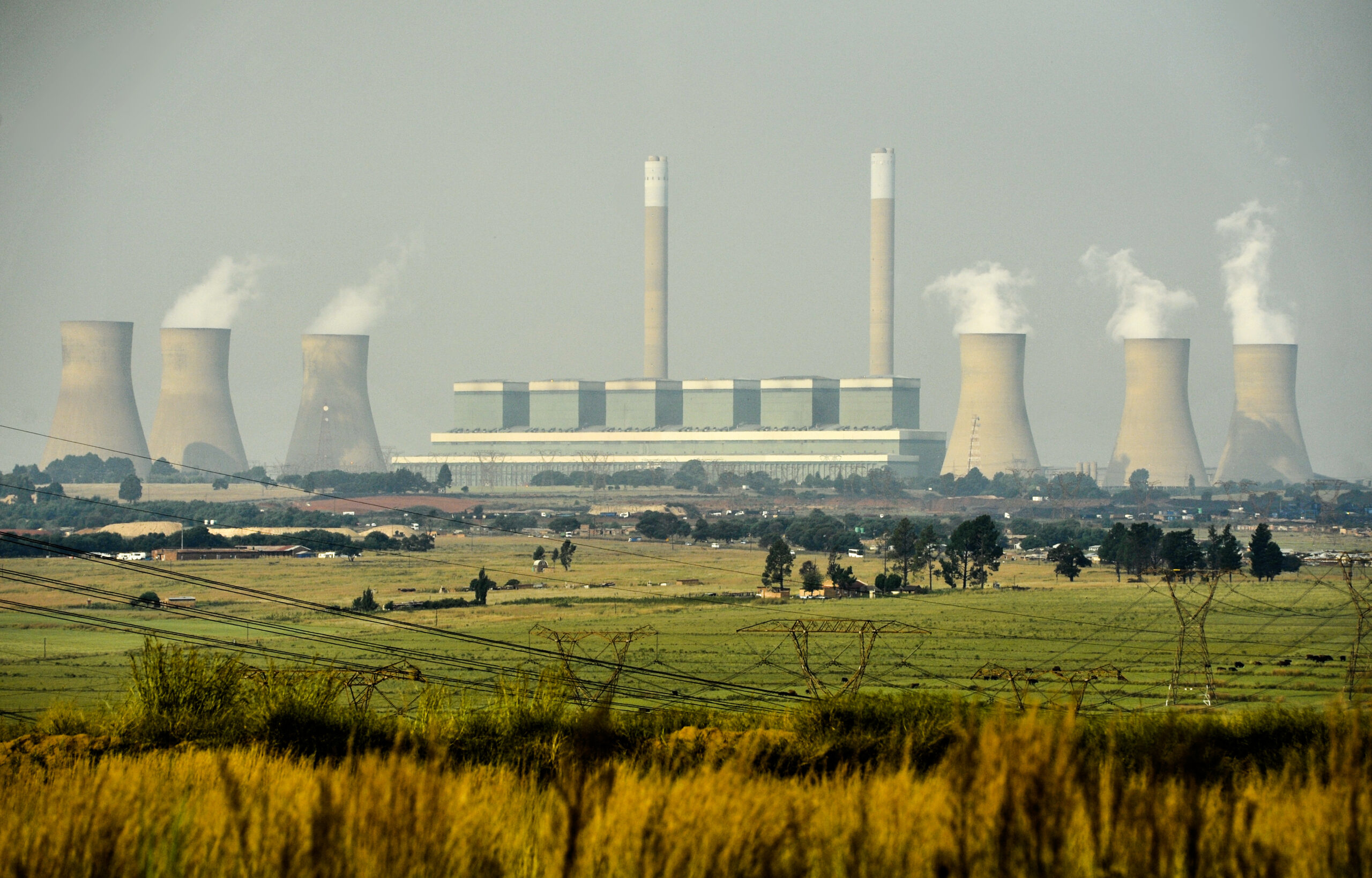To Nuclear or Not?

South Africa currently faces two interlinked crises: the urgent need to decarbonise and the ongoing energy crisis. In the midst of these discussions, nuclear power emerges as an option. But should it be a serious contender?
South Africa’s big GHG problem.
South Africa is the largest greenhouse gas (GHG) emitter on the African continent, 11th largest in the world, and has one of the highest per capita emissions rates globally. The country is also a signatory to the 2015 Paris Agreement on climate change, which aims to prevent global temperature increases breaching the 1.5°C mark through the reduction of carbon emissions. To bring the 43% decline in GHG by 2030 needed to meet this limit, South Africa plans to decommission six coal-fired power stations by 2030, and a further two by 2034. However, these targets are in jeopardy due to the ongoing power crisis in the country. To deal with this, along with the just energy transition, various configurations of power production are being considered, with nuclear energy being given more scope.
South Africa’s nuclear conundrum.
In 1959, South Africa embarked on the development of a domestic nuclear industry in collaboration with the US. Fast-forward to 1976 and construction on the Koeberg Nuclear Power Plant (NPP) starts – the country’s first and only NPP – owned and operated by Eskom and comprising two reactors. Both reactors eventually became commercially operational in 1984 with a combined capacity of 1,860 MW and a 40-year operating licence. This licence is set to expire in July 2024, but Eskom now wants to extend Koeberg’s lifespan by another 20 years.
Nuclear energy accounts for just 4.9% of South Africa’s energy today. The Department of Mineral Resources and Energy’s (DMRE) 2019 Integrated Resource Plan (IRP 2019) considers a possible 2,500 megawatts (MW) of new generation capacity sourced entirely from nuclear energy, plus the use of small modular reactors. Four different scenarios were further contemplated in the draft IRP 2023 issued in January this year. Of these, only one scenario proposes the implementation of a new nuclear build programme, bringing a total of 14,500 MW of new nuclear generation capacity: 2,500 MW to come online between 2031 and 2035; a further 1,925 MW between 2036 and 2040; and roughly 10,0075 MW for the period between 2041 and 2050.
As of December 2023, the DMRE has had the greenlight from NERSA to procure 2,500 MW of new nuclear capacity, and a request for proposals (RFP) in the first quarter of 2024 was expected. It is anticipated the RFP will be released ahead of the finalisation of the IRP 2023 and the first unit of the new 2,500 MW nuclear power plant will be commissioned by 2032/33.

Should nuclear be a serious contender?
The 2024 research paper ‘Evaluating nuclear power’s suitability for climate change mitigation: technical risks, economic implications and incompatibility with renewable energy systems’ discusses the use of nuclear energy. Some of the categories it considers include hazards and safety, cost, lifespan, nuclear vs. renewables, and operational challenges amid changing circumstances (like climate change).
Hazards & Safety:
Regardless of how many safeguards are in place, the danger of nuclear technology remains constant. Nuclear fission (the splitting of atoms to release energy) converts very large amounts of energy and results in radioactive radiation, continuing beyond the operational lifespan of commercial reactors. Reactor safety is narrowed to three key elements:
- Effectively confining radioactive fuel elements.
- Monitoring and controlling reactivity.
- Managing the heat generated within a reactor’s core and continuous cooling of fuel elements.
These safety mechanisms need to be enforced for thousands of years beyond the operational lifespan of any nuclear power plant.
Cost:
Nuclear power is expensive. The costs associated with measures to prevent nuclear meltdowns, radioactive leaks and other accidents are the primary cause of the significant expense involved in the commercial use of nuclear energy. Additionally, high construction costs, long project periods and uncertain revenues are contributing factors to low profitability. Even a lifetime extension of a reactor would not alter the prohibitive numbers.
Lifespan:
Nuclear reactors are generally designed with a lifespan of 30-40 years. An extension means increased costs due to maintenance, safety considerations and upgrades, which become less and less economically viable over time.
Nuclear vs. Renewables:
A combination of wind and solar power, with short-term and seasonal storage solutions, can deliver a baseload-like generation profile at a lower cost than new nuclear power. The levelized cost of energy (LCOE) is measured by calculating the lifetime costs divided by energy production. The LCOE for renewable energy, in this case wind and solar, is generally around US$50 and US$60/megawatt-hour (MWh), respectively. Comparatively, the LCOE of nuclear power is triple-digit at around US$180/MWh.
Operational stability amid changing circumstances:
As the world confronts the challenges brought on by climate change, it is increasingly debatable whether nuclear technology is a solution fit for rising temperatures. In the future, reactors will be met with either low water levels in rivers during heatwaves or warming seas. This loss of cooling water is likely to lead to output reductions or even shutdowns. Climate change is further set to result in sea-level rise, shoreline erosion and extreme weather conditions such as coastal storms or floods – all of which are red flags for reactors at coastal locations, where one in four of the world’s nuclear reactors are currently sited.
Nuclear technology doesn’t appear to be the ‘quick fix’ solution to either South Africa’s energy crisis or its need to decarbonise in the face of the climate crisis. Certainly, any consideration of upscaling in the context of these intersecting crises must entail substantive stakeholder engagement.
Related Articles
The bad reason South Africa is making good on emissions targets
If current carbon emission trends continue, South Africa might actually be on track to meet its 2030 emissions targets under the Paris Agreement.
Eskom: Green energy saves water
Generating electricity from fossil fuels has a hidden cost: South Africa’s already scarce supply of fresh water.




